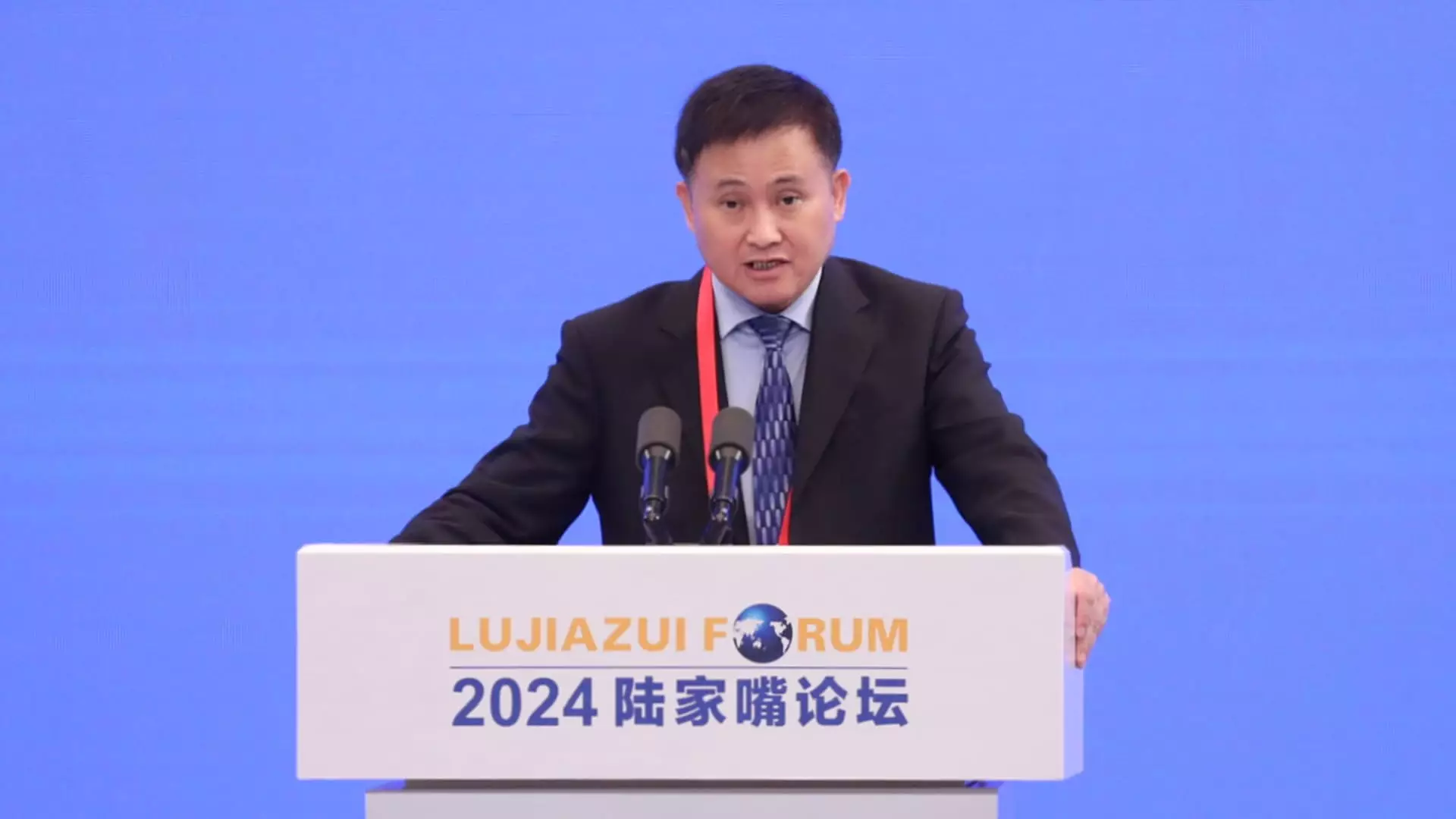In a pivotal meeting held on a Tuesday, the head of the People’s Bank of China (PBOC), Governor Pan Gongsheng, signaled the central bank’s commitment to maintaining supportive monetary policy amid ongoing economic challenges. This announcement, delivered during the National People’s Congress Standing Committee meeting, underscored the PBOC’s intent to enhance counter-cyclical monetary measures. Counter-cyclical policies play a crucial role in stabilizing economic fluctuations, aiming to mitigate the impacts of short-term adversities that can affect growth and financial stability.
Governor Pan’s repeated emphasis on these measures points to an urgent need for intervention as China’s economic landscape continues to exhibit signs of faltering momentum. The PBOC’s strategy is not merely reactive but seeks to establish a framework that can adapt to the ongoing challenges posed by both domestic and global economic pressures.
Fiscal Stimulus on the Horizon
With the completion of the National People’s Congress Standing Committee meeting anticipated to culminate in further fiscal stimulus approvals, significant policy shifts are expected. Finance Minister Lan Fo’an elaborated on plans to increase the local government debt limit, aiming to replace issues of hidden debt that have been a growing concern. This move is part of a broader strategy to ensure fiscal sustainability while supporting infrastructure and public service investments which could, ironically, bolster local economies.
The emphasis on managing state-owned assets during the committee proceedings reflects a renewed effort to streamline operations and ensure that state resources are utilized effectively in support of longer-term growth. These dual aspects of debt management and state asset oversight highlight the government’s comprehensive approach to navigate through economic turbulence.
Interest Rate Adjustments and Global Comparisons
The PBOC has actively responded to economic slowdowns through strategic interest rate cuts, initiated in late September. These reductions aim to stimulate growth by making borrowing more accessible, thereby encouraging consumer spending and investment. The timing of China’s rate cuts is particularly noteworthy, coinciding with the U.S. Federal Reserve’s entry into an easing cycle, which is likely to result in further rate adjustments in American monetary policy.
This interdependence of global monetary movements reflects the intricacies of the modern economy, where strategic decisions in one country may reverberate across borders. As the Fed prepares for potential subsequent rate adjustments following its two-day meeting, China’s monetary policies will continue to be closely linked to these developments, requiring an agile and informed response from the PBOC.
As the PBOC lays out its plans for continued monetary support and fiscal stimulus amid an uncertain economic climate, the focus on counter-cyclical policies signals a proactive approach to fostering stability. The challenges ahead for China’s economy require careful navigation, balancing immediate interventions with the need for sustainable growth strategies. The complexities of the global economic environment make this task even more critical, demanding a coordinated effort that adapts to both internal dynamics and external pressures. The decisions made now will have profound implications for China’s economic trajectory, necessitating vigilance and strategic foresight from policymakers.

